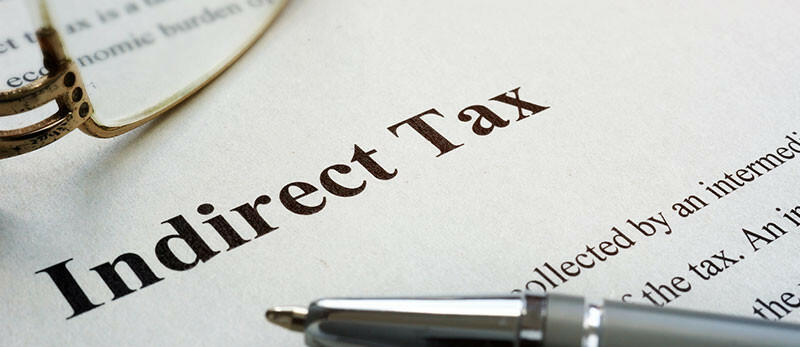VAT energy saving materials relief: CIOT response to call for evidence

In the Autumn Statement 2022, the government confirmed its commitment to improving the energy efficiency of the UK’s housing stock and increasing the proportion of energy provided from low carbon, renewable energy sources, part of its Ten Point Plan to reach net zero by 2050.
Budget 2023 announced a call for evidence to consider options to reform the VAT relief for the installation of energy saving materials in the UK. In the consultation document, ‘VAT energy saving materials relief – improving energy efficiency and reducing carbon emissions’ (see tinyurl.com/ycxfmavf), HMRC sought feedback on two main areas:
- whether additional technologies meeting the three objectives (see below) should be added to the list of installed energy saving materials that benefit from the temporary zero rate; and
- whether the temporary zero rate should be re-introduced for installations of energy saving materials in buildings intended solely for a relevant charitable purpose.
For a reform to be taken forward, it has to meet three key objectives:
- Improving energy efficiency and reducing carbon emissions: does the technology reduce demand for energy derived from fossil fuels?
- Cost effectiveness: will the reform change consumer behaviour and not have significant fiscal cost?
- Alignment with broader VAT principles: an expansion of the relief should not risk introducing uncertainty and additional complexity, which could lead to legal disputes.
The call for evidence asked about the possible inclusion of electrical battery storage to the list of qualifying technologies. These batteries connect to pre-existing or new solar panels to that generated energy can be used at other times. In the CIOT’s response (see www.tax.org.uk/ref1106), we thought that, in principle, the VAT relief on battery storage could meet the three key objectives. However, we did note that if these technologies were supplied as part of a wider contract of refurbishment works, this may be a single supply of building works and a positive rate of VAT may apply, meaning that there would be no price incentive to the customer in those circumstances.
The second set of questions focused on whether the relief should be reinstated for the installation of energy saving material in a building intended for use solely for a relevant charitable purpose. Prior to August 2013, UK legislation provided a VAT relief for these circumstances, but it was removed as the European Commission identified that its inclusion meant that the UK’s application of the relief was too broad. Our view is that charities would welcome the reinstatement of the relief.
The CIOT also suggested that HMRC should consider the position for housing associations. Housing associations hold a significant amount of the UK’s rented domestic housing stock and will play a part in increasing the number of homes that are fuelled by energy saving materials rather than fossil fuels. As this sector is more likely to carry out wider refurbishments of their properties, they can be affected by the singly supply VAT rules mentioned above, which remove the zero rate on installed energy saving materials. We asked whether a particular carve out rule could be considered for this sector, in the same way that transportation services were carved out of the single supply of VAT exempt undertaker services.
Jayne Simpson jsimpson@ciot.org.uk


